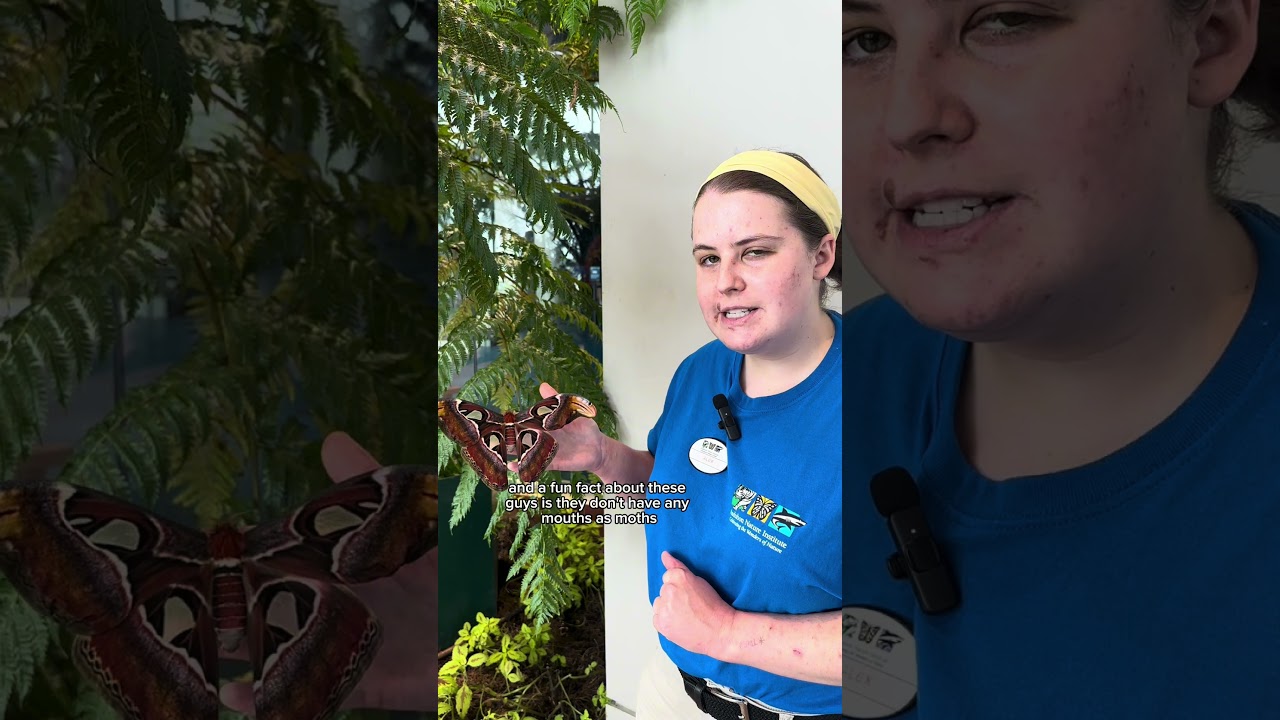- Biology and life cycle of the Atlas moth
- Habitat and distribution
- Conservation efforts for the Atlas moth
- The role of Atlas moths in their ecosystems
- The significance of viewing the Atlas moth video
The Atlas moth, scientifically known as Attacus atlas, captivates onlookers with its sheer size and striking beauty. A member of the Saturniidae family, it is one of the largest moths globally, showcasing a wingspan that can reach up to 9.8 inches.
Its life cycle is as fascinating as its appearance. The Atlas moth undergoes complete metamorphosis, which includes four stages: egg, larva (caterpillar), pupa (chrysalis), and adult. The female lays eggs on the leaves of host plants, which, after approximately two weeks, hatch into caterpillars. These caterpillars consume vast amounts of foliage and can grow to about 4.7 inches. After several weeks of feeding and growth, the caterpillar spins a silk cocoon and enters the pupal stage. The transformation to an adult moth, encapsulated within the chrysalis, takes roughly four weeks. Adults emerge from the cocoon and focus exclusively on reproduction, living only for one to two weeks. Remarkably, Atlas moths do not feed during this stage due to their underdeveloped mouthparts, relying entirely on reserves accumulated during the larval phase.
Found primarily in the tropical and subtropical forests of Southeast Asia, from India to the Philippines, the Atlas moth’s habitat is diverse. They thrive in habitats that offer plenty of host plants for the larval stage. These areas range from lowland tropical rainforests to mountainous regions, accommodating the needs of their life cycle. The moth’s preference for dense foliage provides protection from predators and an abundant food source for caterpillars.
However, with habitat loss due to deforestation and urbanization, Atlas moth populations face significant threats. Conservation efforts are crucial for their survival. Initiatives include habitat preservation, captive breeding programs, and environmental education. Organizations and local communities are working to set up protected areas and restore damaged ecosystems. Captive breeding programs aim to bolster natural populations and, potentially, reintroduce individuals into their native habitats. Public awareness campaigns educate people about the importance of butterflies and moths, including the Atlas moth, in maintaining ecological balance.
Within their ecosystems, Atlas moths play an essential role. They are pollinators, although less efficient than bees, due to their brief adult lifespan and focus on reproduction. Caterpillars serve as prey for various predators, including birds and small mammals, thus contributing to the food web. These moths also assist in nutrient recycling, both as larvae, through the consumption of plant material, and as adults, upon decomposition after death.
Watching a video of the Atlas moth can offer profound insights into its beauty and ecological significance. Such visual documentation serves not only as an engaging tool for education but also as a catalyst for fostering appreciation and support for conservation efforts. Videos highlight the intricate details of their life cycle, from the hatching caterpillars to the metamorphic marvel of emerging adults. This medium can inspire curiosity and awe, motivating the public to contribute toward preserving these magnificent creatures.
Atlas moths, with their impressive size and striking patterns, are a testament to the diversity and splendor of the natural world. By understanding their biology, protecting their habitats, and recognizing their role in ecosystems, we can foster a deeper appreciation and commitment to conserving these incredible insects.
Engaging with resources such as videos further enhances awareness and advocacy, ensuring that the awe-inspiring Atlas moth continues to grace our world, standing as a symbol of nature’s intricate and marvelous designs.
*****
Source Description


